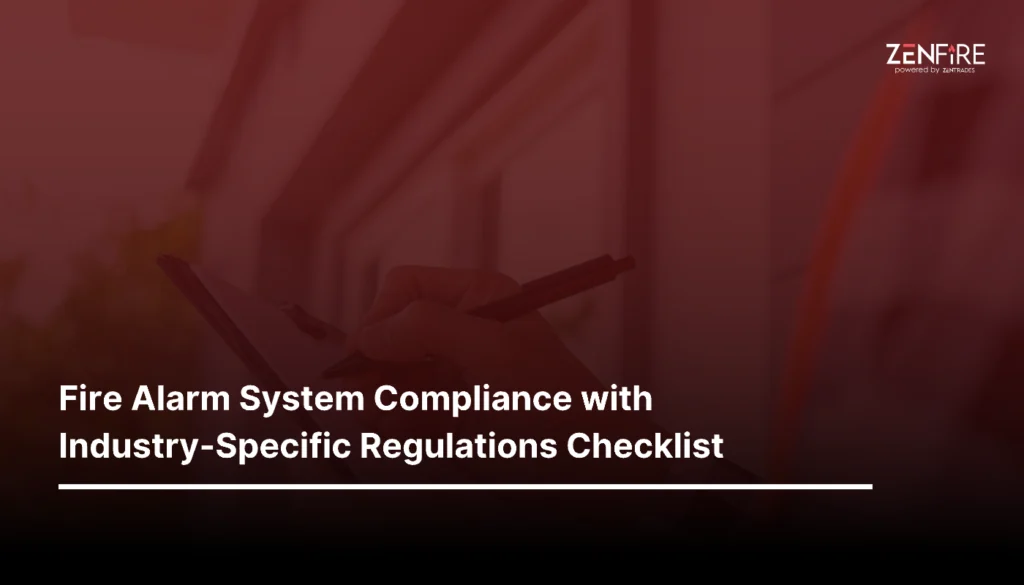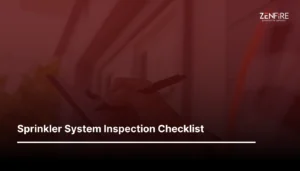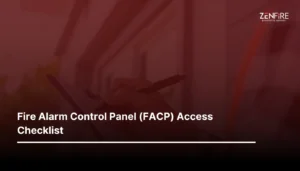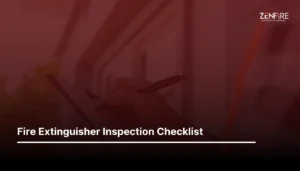Fire Alarm System Compliance with Industry-Specific Regulations Checklist
Fire Alarm System Compliance with Industry-Specific Regulations involves adhering to standards set by authorities for fire detection and notification systems in various sectors. These regulations ensure that fire alarm systems are installed, maintained, and tested according to industry-specific guidelines. Compliance guarantees that buildings meet safety requirements tailored to their use, such as residential, commercial, or industrial purposes. It enhances early fire detection, evacuation procedures, and emergency response, reducing property damage and saving lives. By aligning with industry regulations, fire alarm systems bolster overall safety protocols, mitigate risks, and instill confidence in occupants and stakeholders alike.

Related Reading
Emergency Lighting
Emergency Lighting Checklist Explore More Checklist Download Now What Is Emergency Lighting? Emergency lighting is a crucial component of fire safety measures...
Sprinkler System Inspection Checklist
Sprinkler System Inspection Checklist Explore More Checklist Download Now What Is A Sprinkler System? A sprinkler system, in simple terms, is a...
Fire Alarm Control Panel (FACP) Access Checklist
Fire Alarm Control Panel (FACP) Access Checklist Explore More Checklist Download Now What Is A Fire Alarm Control Panel (FACP)? The most...
Fire Extinguisher Inspection Checklist
Fire Extinguisher Inspection checklist Explore More Checklist Download Now What Is A Fire Extinguisher? Fire extinguishers are primary equipment in situations of...



